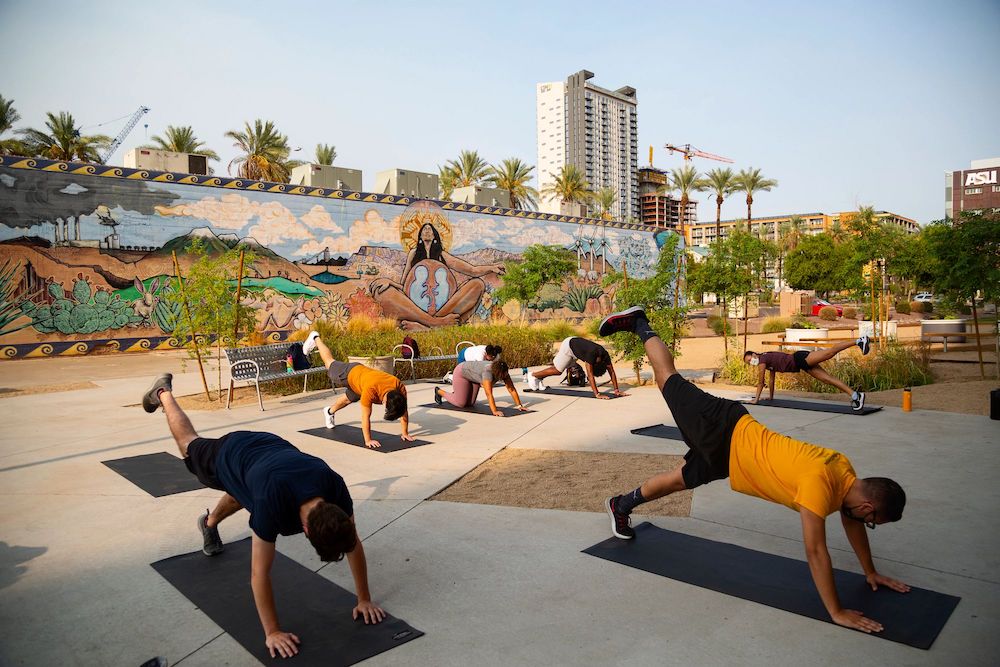Search Sunny
Looking for a topic? Use our search tool to find answers to your questions.

Life is beautiful, ugly, amazing, chaotic, exciting and unpredictable. For us to really learn and grow we need to increase the depth of our responsive behaviors, lean into the challenges and learn how to balance the brain. First, we must understand both the responsive and reactive brain.
Physiologically, the brain has three generalized regions:
brainstem, this is the oldest portion that controls autonomic features like heart rate and respiration
limbic the second oldest portion that controls emotional neural connections and contains the amygdala, our gatekeeper to fear and anxiety
neocortex is the newest portion that controls critical and abstract thinking.
When all three regions of the brain are balanced and working together, the nervous system is in a state called parasympathetic. This is known as the rest and digest response because it is where all of the organ systems are working effectively. Anti to this is the sympathetic, known as the flight, fight or freeze response.
The brain is designed to keep you safe and is continually bringing in data from the surrounding environment via your senses and analyzing that data to ensure your survival. When your brain feels safe the nervous system is in a parasympathetic state. When your brain perceives a physical, psychological or even spiritual threat, it shifts to sympathetic and moves into a reactive mode.
The key term in this is perception. If you walked outside and a T-Rex came at you, that is clearly a threat! You would shift into sympathetic, reactive mode and run as quickly as possible. A stressor for us can be a challenging interaction with another person, a text message, classes, finances and other stresses of life that keep us in ongoing reactive mode. Staying in reactive mode all the time leads to chronic stress and this can be unhealthy. To become responsive and shift back to parasympathetic, a balanced brain, practice mindfulness.
Mindfulness is purposely paying attention to what is happening right now to you physically and psychologically, without an expectation, label or judgment so that you can move forward responsively. Take time to train your brain with mindful practices. Just like you take time to watch your nutrition and go to the gym to keep your body in shape, you need to do the same thing with your brain. Try:
moving meditations like yoga, tai chi or qigong
engaging the senses via art, cooking, walking, playing music, or even doing the dishes
ASU has many resources that help you train your brain!
Stress Management classes offer lower and upper level SB credits (SWU 250, 349, 350 & 351)
ASU’s Mindfulness Center offers meditations and mindfulness activities
Sun Devil Fitness offers yoga classes and a variety of mindfulness activities. Check out the Sun Devil Fitness calendar of events.
Contributed by Jamie Valderrama. Jamie is an Associate Teaching Professor and Undergraduate Coordinator at Arizona State University for the Integrative Health Initiative housed within the School of Social Work.
Looking for a topic? Use our search tool to find answers to your questions.